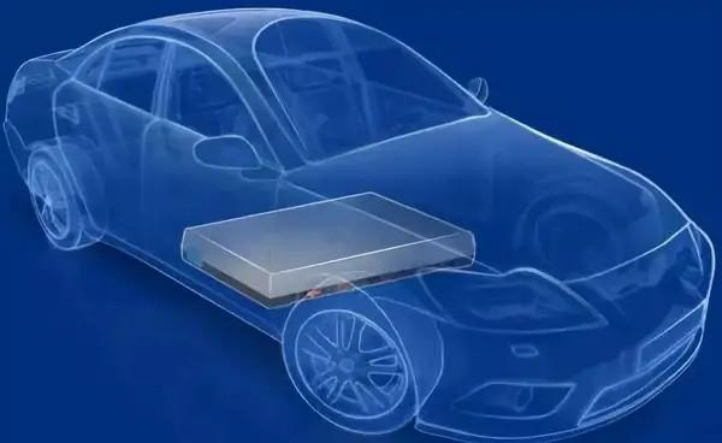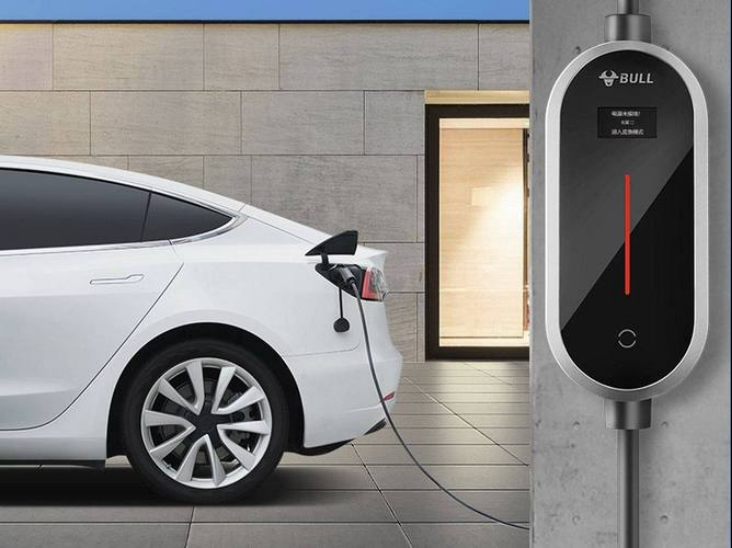Batteries, motors, charging, intelligent control: core technology of new energy vehicles
As an important choice for future travel, new energy vehicles rely on advanced technology to achieve efficient energy conversion and environmental performance. Nowadays, more and more consumers have begun to choose new energy vehicles. As the disadvantages of new energy vehicles are optimized and resolved one by one, they are expected to occupy more market share in the future. So compared with fuel vehicles, what are the core competitiveness of new energy vehicles? Is it really an inevitable choice of the times? This article will deeply discuss the core technologies of new energy vehicles, including battery technology, electric motor technology, charging technology and intelligent control technology. By understanding the principles and applications of these core technologies, we can better understand the development trend and future potential of new energy vehicles.
battery technology
The battery technology of new energy vehicles is one of its most basic core technologies. The performance and quality of the battery are not only related to the cruising range and service life of the car, but also directly related to the safety of the vehicle. When it comes to the types of new energy vehicle power batteries, more people care about which one is better, and currently the more common and highly recognized by the public are "ternary lithium batteries and lithium iron phosphate batteries".
Ternary lithium battery: The ternary lithium battery is characterized by good low temperature performance, and the limit working temperature can reach minus 30 degrees. But its disadvantage is that the thermal runaway temperature is low, only more than 200 degrees, and spontaneous combustion is prone to occur in relatively hot areas.

Lithium iron phosphate: The development history of lithium iron phosphate battery is relatively long. It is characterized by good stability and high thermal runaway temperature, which can reach 800 degrees. In other words, if the temperature does not reach 800 degrees, the lithium iron phosphate battery will not catch fire. It's just that it is more afraid of the cold, and the battery decay will be more severe in places with colder temperatures.
At present, most of the new energy vehicles on the market use the above two types of batteries, each of which has its own advantages. Consumers need to understand the usage scenarios of their own cars before purchasing, so as to choose the model configuration more reasonably.
electric motor technology
Motor technology is another core technology of new energy vehicles. The motor directly affects the driving performance and energy-saving efficiency of the car. At present, new energy vehicles mainly use two types of permanent magnet synchronous motors and induction motors. Permanent magnet synchronous motor has the advantages of high efficiency, high torque, high power density, etc., and is one of the most commonly used motor types at present. Induction motors have the advantages of simple structure and low cost, and are widely used in small new energy vehicles.

Among them, the permanent magnet synchronous motor is currently one of the most used motors in new energy vehicles. It has the advantages of smaller volume and lighter weight under the premise of the same power output. Reducing weight can achieve the effect of reducing energy consumption, and smaller volume also means that more space can be contributed to the interior of the car, improving ride comfort. In addition, its structure is similar to that of a DC motor, and it also has the characteristics of simple structure, reliable operation, and high power density. The driving method used is different, and it is superior to DC motors in terms of noise control and speed regulation.
However, at the same time, the permanent magnet synchronous motor also has some defects. First, it is limited by the performance of the permanent magnet material. The permanent magnet material on the rotor will demagnetize under the conditions of high temperature, vibration and overcurrent. Secondly, under more complicated working conditions, the permanent magnet material will be broken when subjected to strong vibration, resulting in damage to the permanent magnet motor. Finally, the price of permanent magnet materials is relatively high, so the cost of the entire motor and its control system is also relatively high.
charging technology
The charging technology of new energy vehicles is an important guarantee for its convenience and charging efficiency. At present, the charging technology of new energy vehicles mainly includes two types: AC charging and DC fast charging. AC charging is suitable for household and commercial charging places, and the charging time is relatively long, generally taking 6 to 8 hours; DC fast charging is suitable for public charging places such as stations and service areas. The charging speed is fast, and it only takes 20 to 30 minutes to fully charge electricity. In the future, with the popularization of new energy vehicles, the development of charging technology will be more diversified and intelligent, such as the emergence of wireless charging, Internet of Vehicles charging and other technologies.

In the future, compared to charging, battery replacement technology may have more opportunities for large-scale commercial use. Although fast charging is fast, it is still slower than the refueling time of fuel vehicles. However, once the "battery swap" technology is mature, it can quickly compare with the energy replenishment speed of fuel vehicles. Battery swapping technology is to replace the battery of new energy vehicles through fully automatic or semi-automatic mechanical equipment, so as to realize the supply of electric energy. At present, in the field of private cars, only a few brands can provide battery swap services for car owners. Taking Weilai, which is more familiar to everyone, the brand expects to build more than 2,300 battery swap stations by the end of 2023.
Intelligent Control Technology
The control technology of new energy vehicles includes motor control, battery management, vehicle power control and other aspects. The development of control technology is directly related to the safety, reliability and performance stability of new energy vehicles.
At present, the control technology of new energy vehicles has achieved a high degree of intelligence and automation. For example, the vehicle power control system can automatically adjust the motor power to achieve the best driving effect; the battery management system can monitor the battery status in real time to ensure battery safety and reliability. life. The vehicle energy management system can improve energy utilization efficiency and reduce energy loss by optimizing and regulating the energy flow of the vehicle.

In addition, due to the advantages of the power supply method of new energy vehicles, the current hot intelligent driving technology will be easier to carry on new energy vehicles. Among them, the intelligent driving assistance system can use the equipped sensors and algorithms to realize the functions of automatic driving, adaptive cruise and intelligent navigation of the vehicle, and improve driving safety and comfort.
Remote monitoring and data analysis can be equipped with a remote monitoring system for new energy vehicles. Through cloud data analysis and processing, vehicle status monitoring, fault diagnosis and maintenance reminders can be realized, and vehicle reliability and maintenance efficiency can be improved. Finally, the human-computer interaction technology that will shine in the future can allow users to provide user-friendly operation interface and driving experience through touch screen, voice recognition and gesture control.
The future development trend of new energy vehicles
With the gradual increase in the market share of new energy vehicles, in the future, new energy vehicles will be equipped with more advanced technologies to provide consumers with more and more convenient riding experience. First, the improvement of energy density: the future development direction is to increase the energy density of batteries and supercapacitors to further extend the range of electric vehicles and reduce vehicle weight. Secondly, with the increase of charging infrastructure construction, new energy vehicles will receive more investment and policy support to provide more convenient and popular charging services. Next, the promotion and popularization of new energy vehicles will increase the demand for rare metals and other resources. It is necessary to find a sustainable resource supply chain and strengthen research on battery recovery and recycling. Finally , the safety and reliability of new energy vehicles are important issues of concern to users, and it is necessary to strengthen the research and development of battery system safety protection and fault monitoring technology.



























 XINDA
XINDA